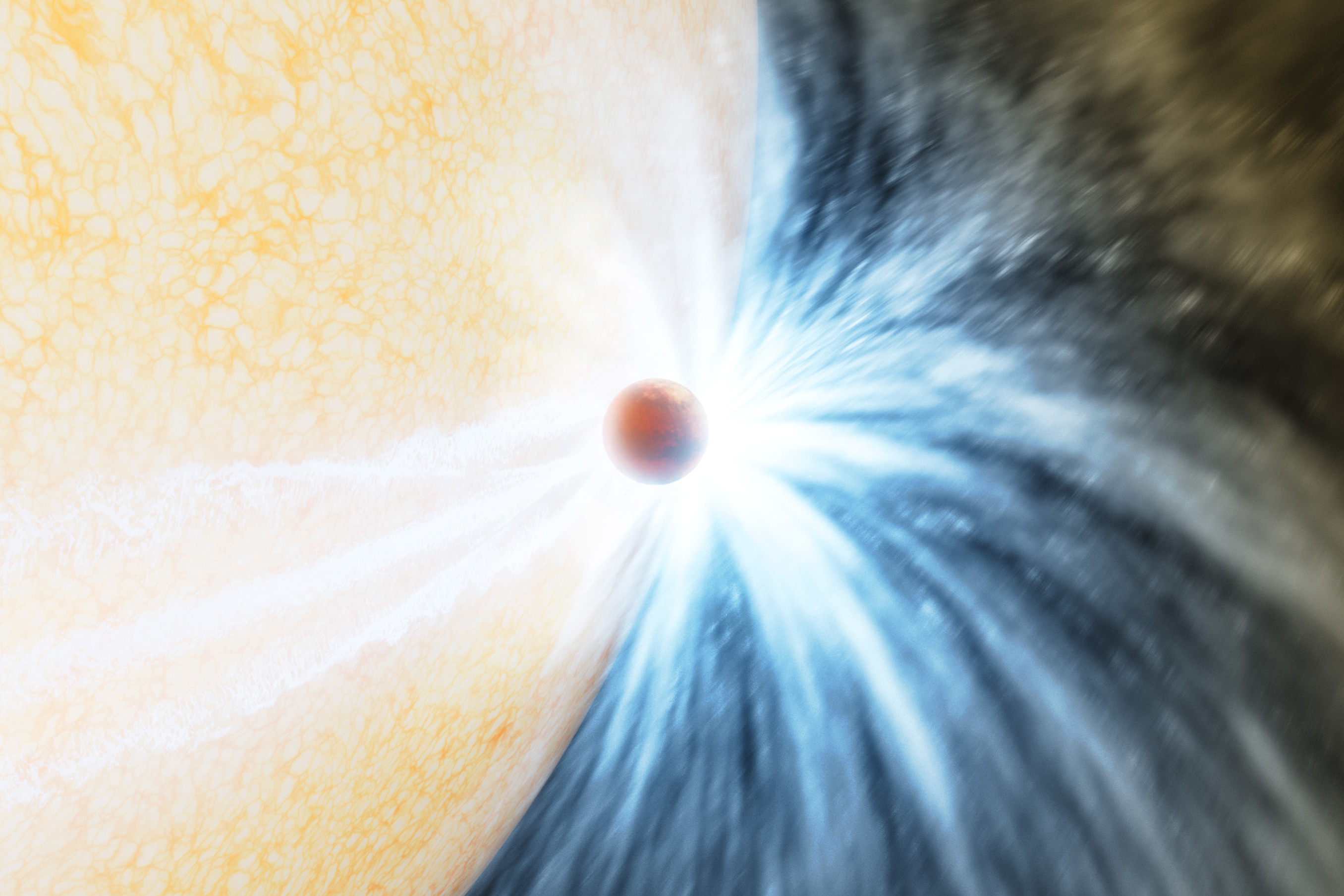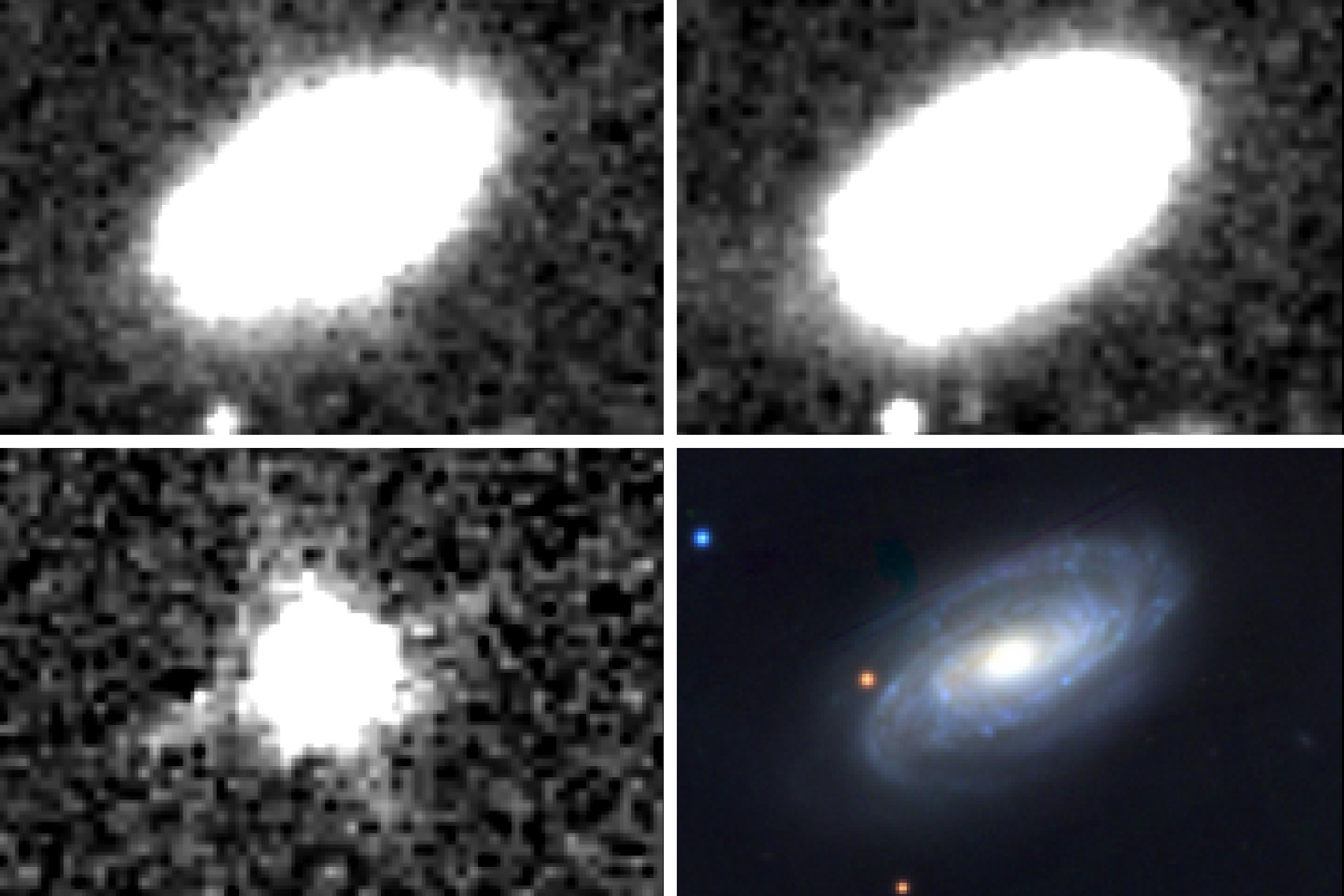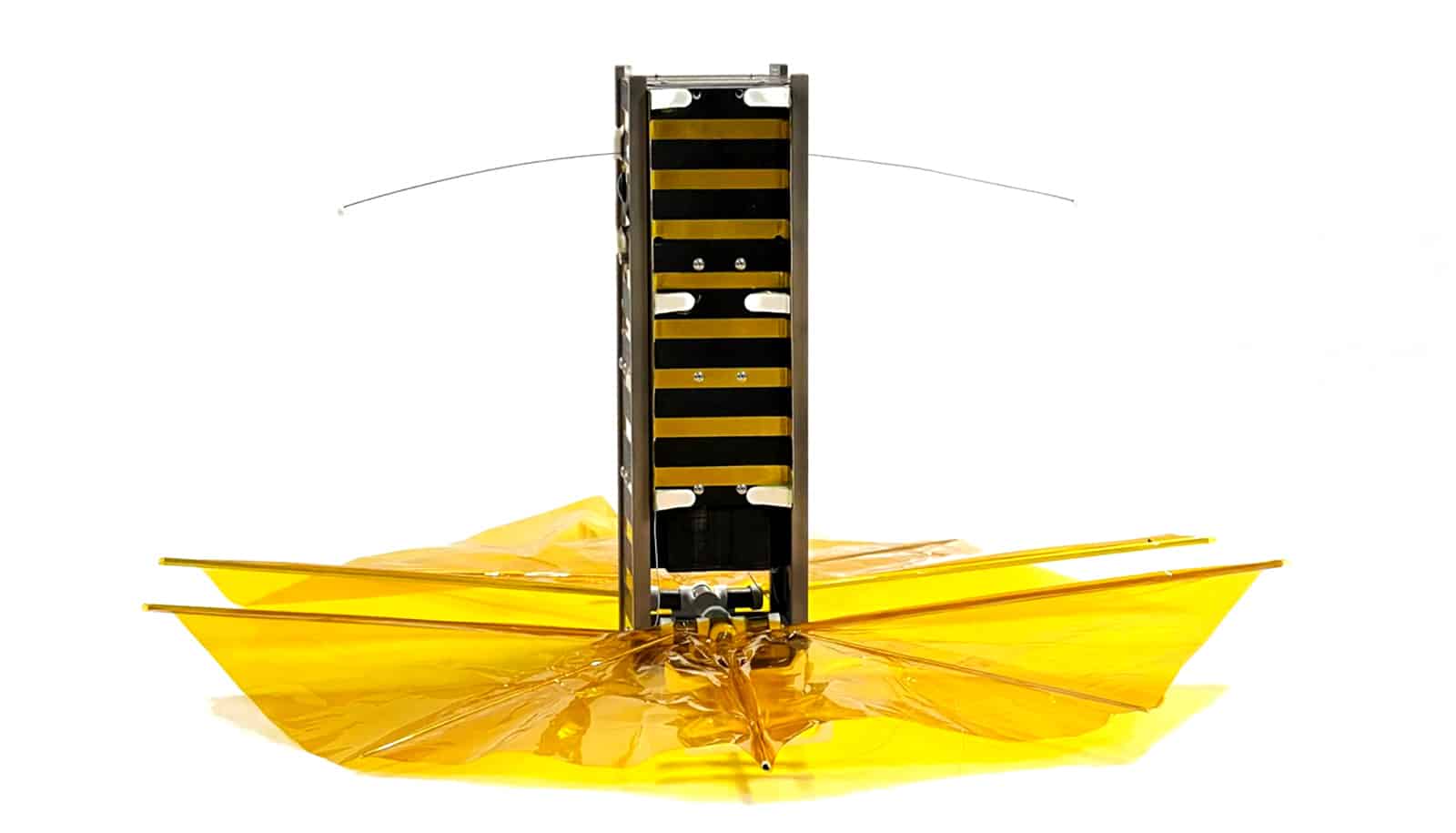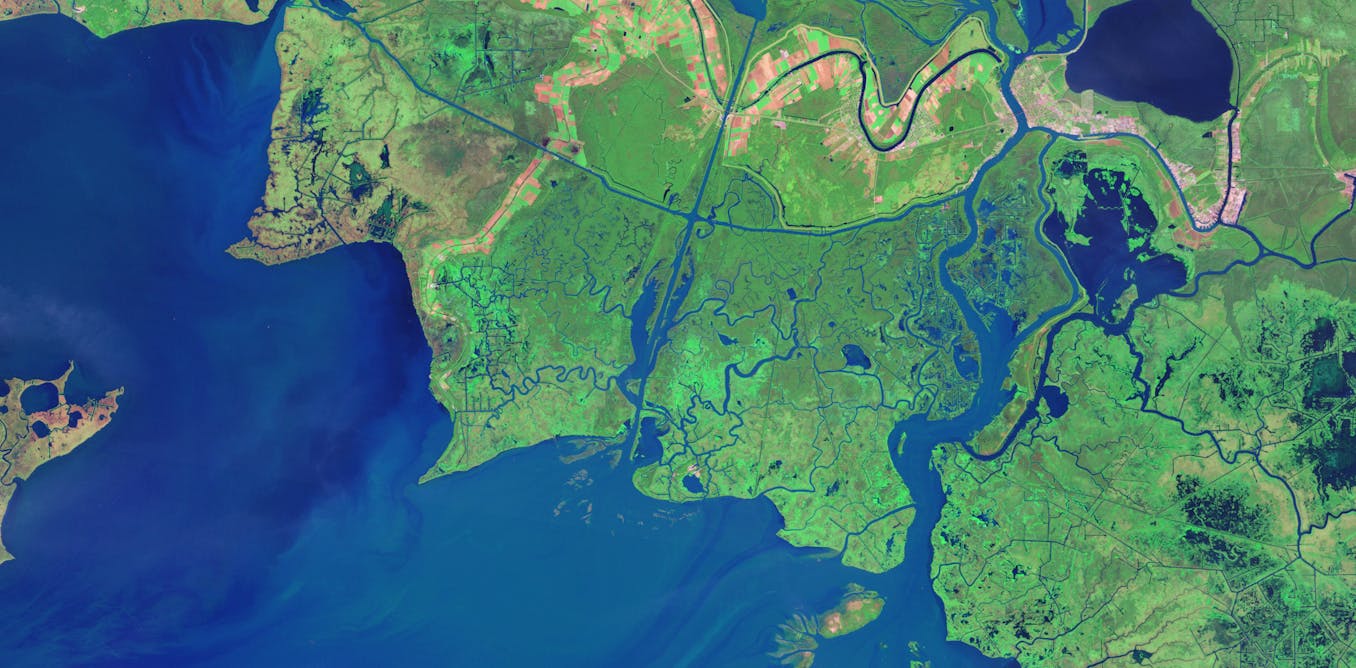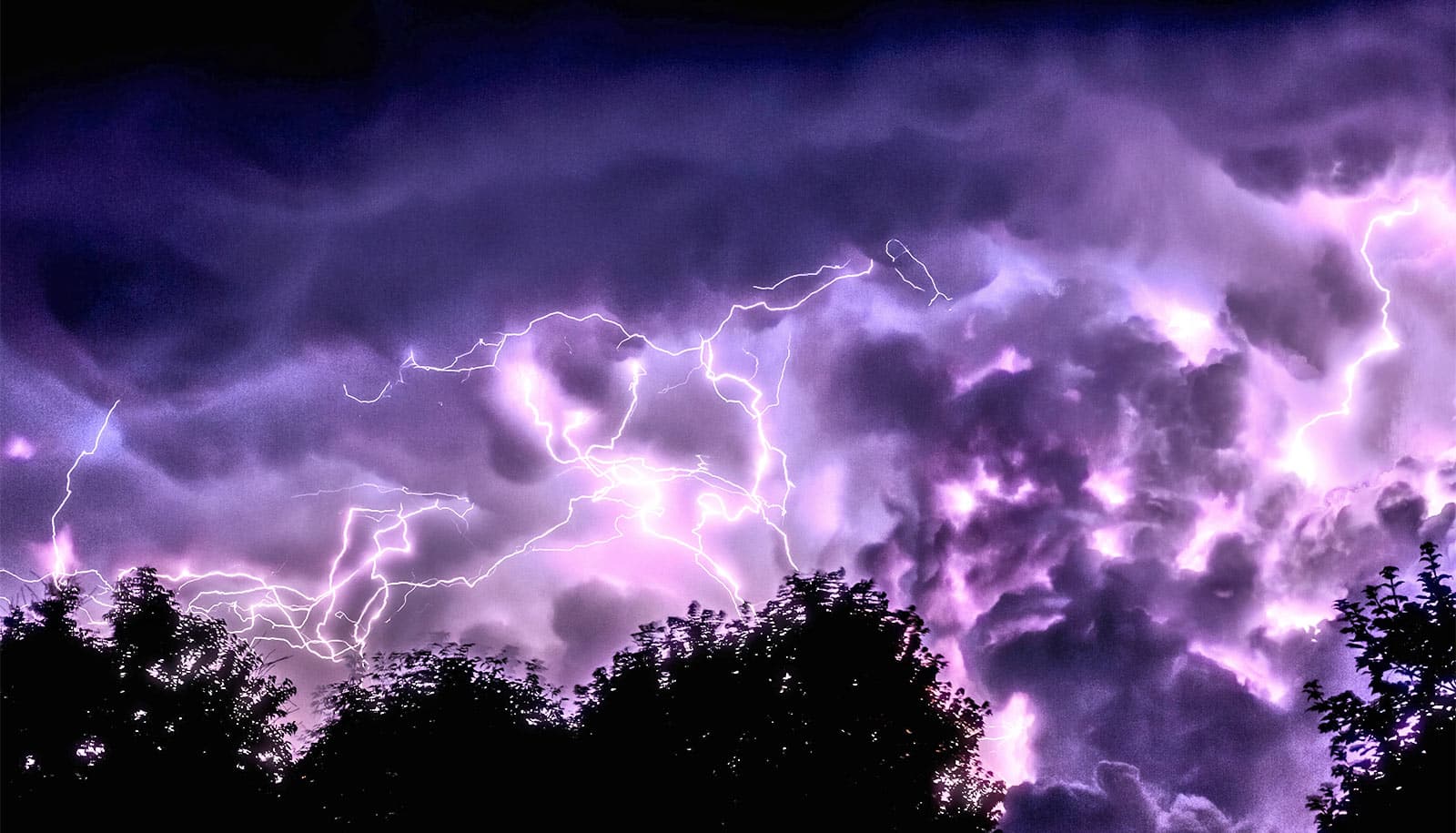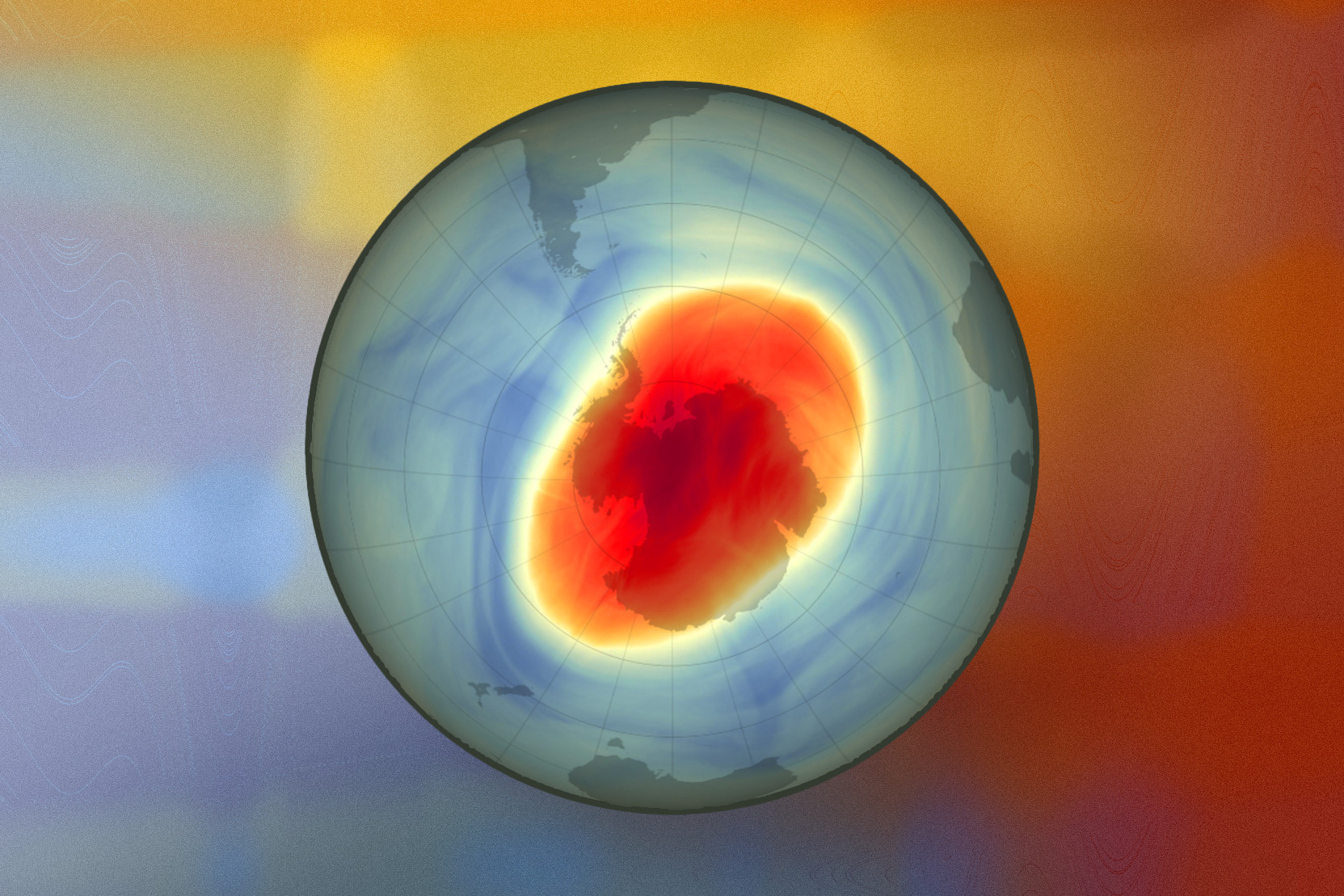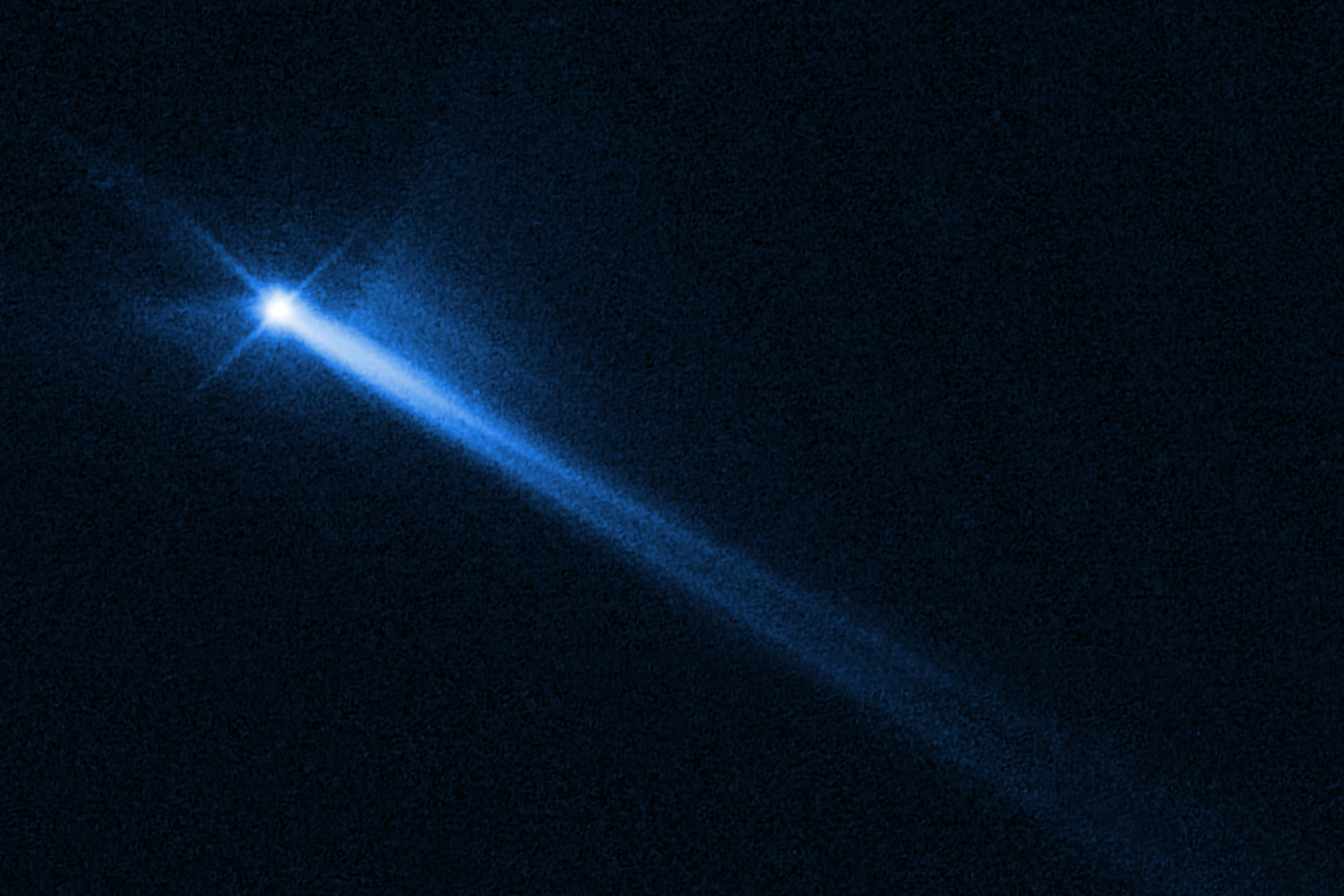How to use free satellite data to monitor natural disasters and environmental changes
Time-lapse animations that once took days to create are now easy to build with publicly available satellite images and free online tools.
Qiusheng Wu, Assistant Professor of Geography and Sustainability, University of Tennessee •
conversation
March 14, 2023 • ~7 min
March 14, 2023 • ~7 min
Radio interference from satellites is threatening astronomy – a proposed zone for testing new technologies could head off the problem
Many telescopes use the radio spectrum to learn about the cosmos. Just as human development leads to more light pollution, increasing numbers of satellites are leading to more radio interference.
Mariya Zheleva, Assistant Professor of Computer Science, University at Albany, State University of New York
• conversation
March 3, 2023 • ~11 min
March 3, 2023 • ~11 min
Night skies are getting 9.6% brighter every year as light pollution erases stars for everyone
With the help of thousands of citizen scientists, a new study measured exactly how much brighter night skies are getting every year.
Connie Walker, Scientist, National Optical-Infrared Astronomy Research Laboratory •
conversation
Feb. 23, 2023 • ~6 min
Feb. 23, 2023 • ~6 min
/
22

